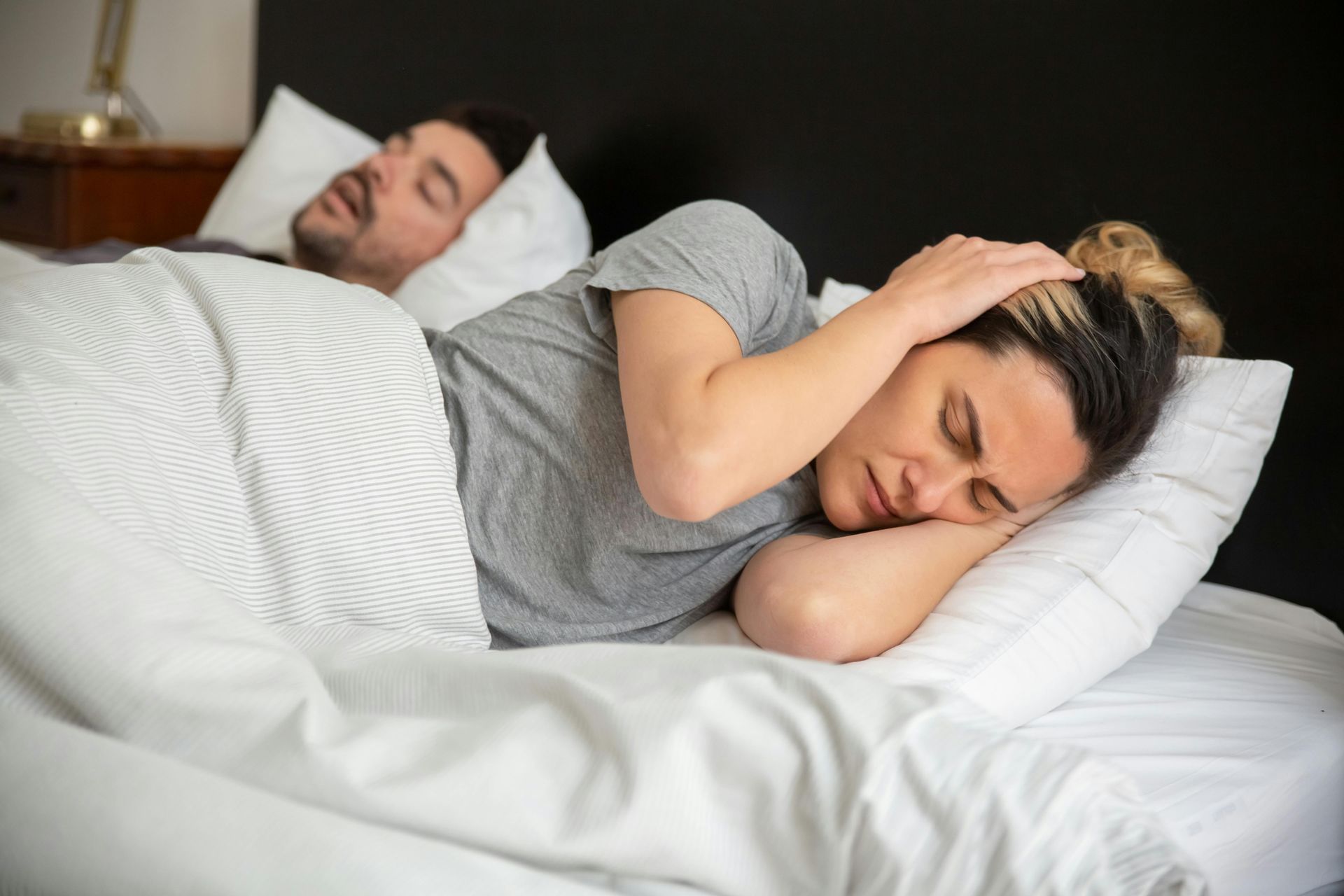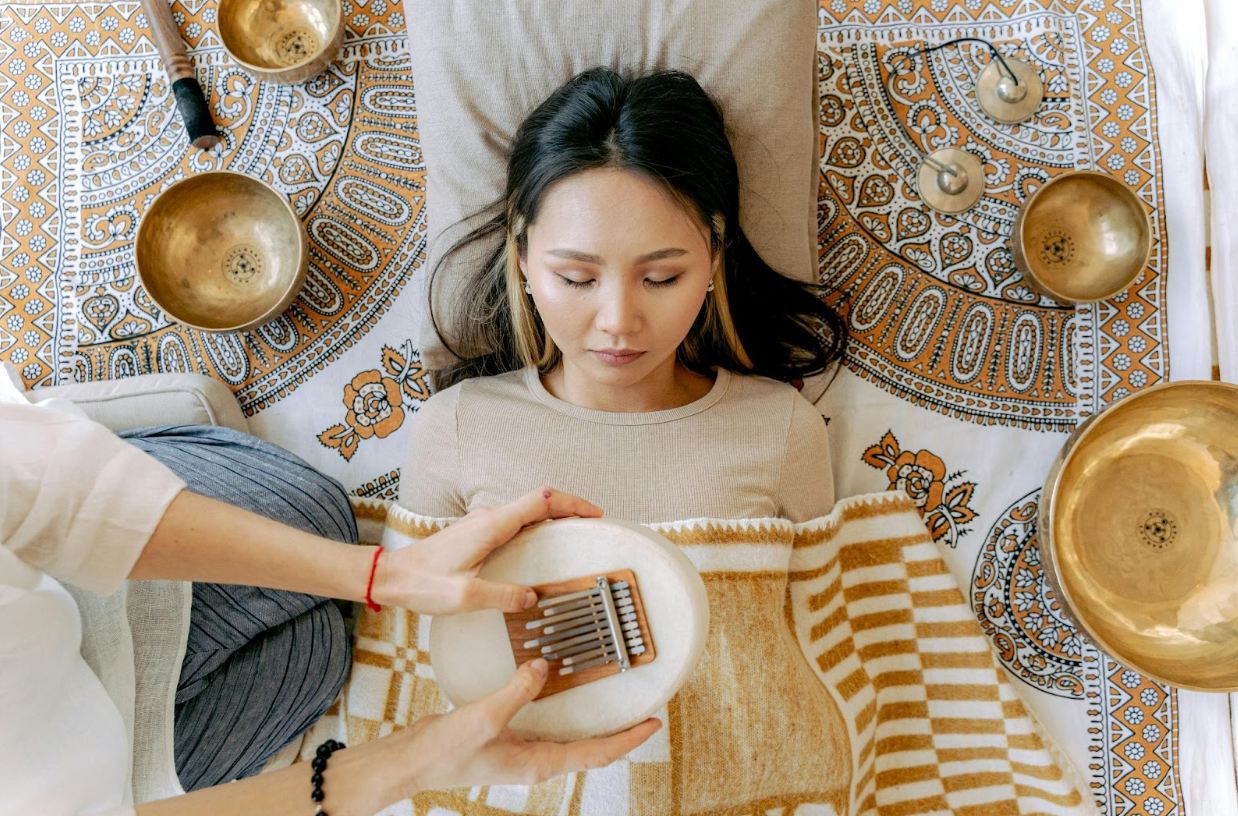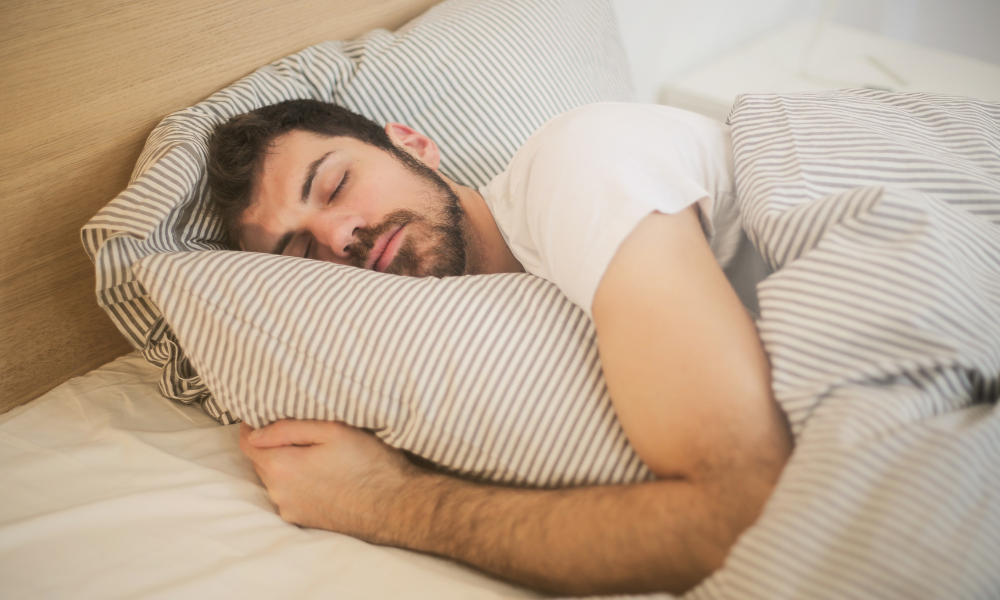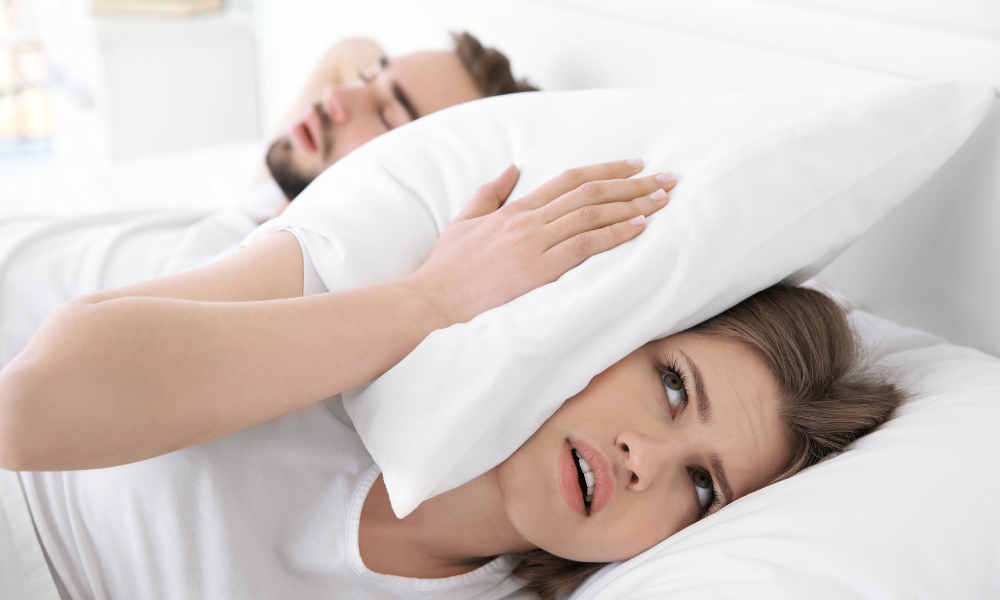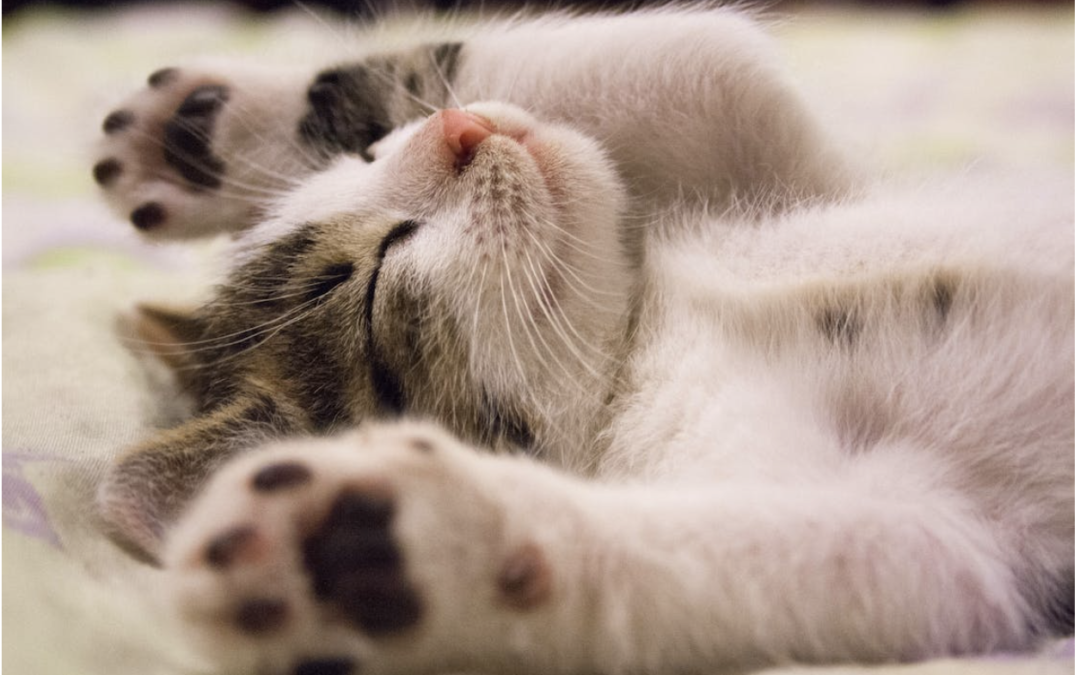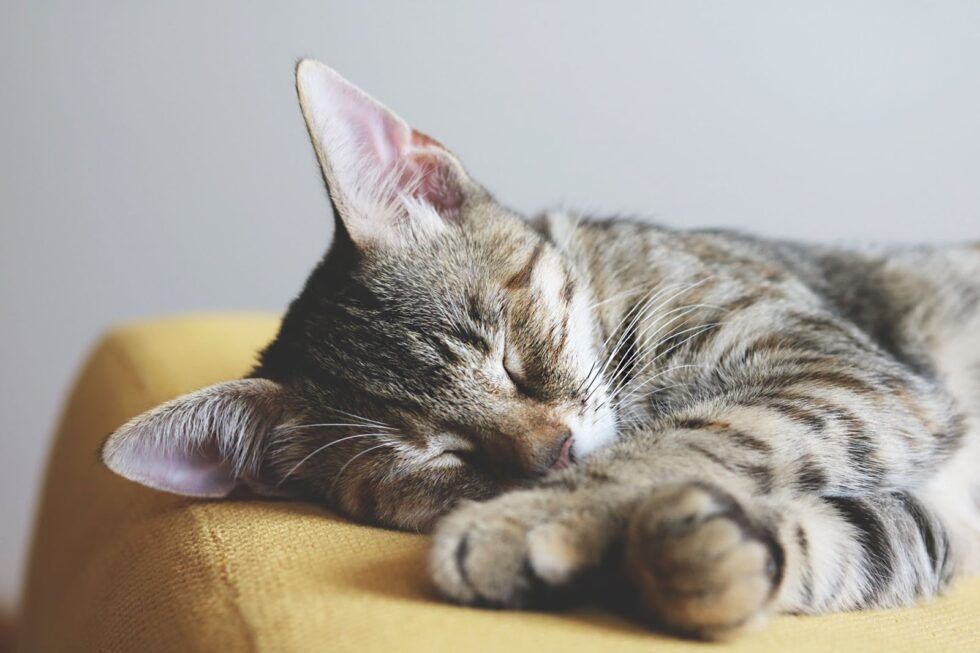By Great Sleep Dental
•
August 1, 2025
What are GLP-1 Receptor Agonists? In recent years, GLP-1 (Glucagon-like Peptide 1) receptor agonists—drugs initially developed to treat type 2 diabetes—have gained attention as a potential medication in combating obesity. Medications such as semaglutide (popular brand names such as Wegovy and Ozempic ) are now widely recognized not only for promoting weight loss but also for providing significant metabolic benefits. Recent studies show that these medications might also significantly help reduce symptoms of obstructive sleep apnea (OSA), a prevalent and frequently overlooked condition strongly associated with obesity. In fact, in December 2024, the U.S. Food and Drug Administration approved a GLP‑1 receptor agonist drug, specifically tirzepatide ( Zepbound ), for the treatment of moderate to severe obstructive sleep apnea (OSA) in adults with obesity. This medication should be used alongside a reduced-calorie diet and increased physical activity. Why GLP-1 Agonists Aren’t a Standalone Treatment for OSA GLP-1 receptor agonists are not a primary treatment for Obstructive Sleep Apnea. These medications do not directly treat the airway obstruction, but can help reduce excess weight that contributes to airway collapse. Studies show that patients taking these drugs often see improvements in their apnea–hypopnea index (AHI), an important indicator of OSA severity, mainly due to the reduction in excess body fat. However, these medications should not be treated as substitutes for CPAP, oral appliances, or other primary treatments for OSA, especially in moderate to severe cases. Rather, they serve as an adjunctive treatment of a broader OSA management, particularly beneficial for obese patients. Things to Consider Cost and Insurance Coverage GLP-1 receptor agonist medications cost $900–$1300 per month without insurance. Due to its high cost, insurance companies have implemented strict prior authorization requirements to determine which patients are eligible for coverage. (Note: A prior authorization is a process where a provider secures approval from the insurance before prescribing drugs or rendering treatments to ensure the service or medication will be reimbursed by insurance.) As a matter of fact, insurance companies primarily use Body Mass Index (BMI) to determine whether a patient will be covered for GLP-1 medications for weight loss. Initially, coverage was approved for individuals with a BMI of 30 or higher. However, some insurers have since raised that threshold, now requiring a BMI of 32 or even 35 for a patient to be eligible. In addition to BMI, new restrictions have been introduced, such as the need to first try and must fail with non-GLP-1 weight-loss drugs, the presence of comorbidities such as uncontrolled high blood pressure (above 140/90), or mandatory participation in a weight-loss program. Safety and Risks Because of the rising patient interest in GLP-1 RA drugs, drug manufacturers have experienced difficulty in keeping up with the demand. This has resulted in the FDA releasing a medication shortage declaration on these drugs. Consequently, this has eased certain federal restrictions, allowing pharmacies to legally produce compounded versions. These compounded GLP-1 medications can be obtained without a provider's prescription, reducing access barriers and often serving as an alternative in cases when insurance denies coverage. Patients must consider that, unlike standard drugs, compounded medications do not go through the rigorous FDA approval process, so they are not officially FDA-approved. A recent study by McCall et al. concluded that compounded GLP-1 receptor agonists may have a higher chance of side effects, safety issues, and quality problems compared to non-compounded drugs. This means doctors should be careful when prescribing them and perform close patient supervision. GLP-1 Medications + Resistance Exercise GLP-1 receptor agonists have emerged as a promising and effective option for reducing excess weight loss. While they reliably support weight reduction, these medications do not specifically preserve muscle mass, emphasizing the importance of combining medication treatment with resistance or weight-bearing exercise to help preserve muscle during the process. Common Side Effects of GLP-1 Receptor Agonist Drugs 1. Nausea and Digestive Upset Nausea and other digestive issues are among the most common side effects when starting GLP-1 medications, affecting up to 70% of patients, especially during the initial phase of treatment. These symptoms improve over time as your body adjusts to the medication. If you experience persistent or severe symptoms, it's important to discuss them with your healthcare provider, who can offer strategies to manage these effects. 2. Fatigue and Dizziness Some patients may experience tiredness or lightheadedness. These symptoms can be related to changes in blood sugar levels or dehydration. It is important to stay well-hydrated and maintain regular meals to help manage these effects. 3. Risk of Muscle Loss Although GLP-1 receptor agonists help reduce excess fat, they can sometimes cause a loss of muscle mass if you do not pair them with strength exercises or eat enough protein. Why GLP-1 RAs Are Not a Quick Fix GLP-1 receptor agonists are very helpful for weight loss, but they are not magic pills. Lasting results come from combining the medication with lifestyle changes, such as a healthy diet, physical activity, and behavioral changes. Many studies have shown that people get the most benefits when they combine these lifestyle changes with medications. Why Airway Treatments Still Matter When Using GLP-1 RAs GLP-1 receptor agonists can help you lose weight, which may improve some factors related to obstructive sleep apnea. However, they do not directly treat the airway obstruction itself. Obstructive sleep apnea is actually a mechanical problem- repeated collapse of the airway during sleep. This is why it is important to keep using proven treatments for OSA that address airway health directly, even when under GLP-1 medications. These treatments help keep your airway open so you can breathe safely during sleep. Common options include: CPAP (Continuous Positive Airway Pressure): This is the most effective treatment for moderate to severe OSA. It uses gentle air pressure through a mask to keep your airway open at night. Oral appliances: These are custom-made devices that move your jaw or tongue slightly to prevent your airway from collapsing. They are often used for mild to moderate OSA. Surgery: In some severe cases, procedures like hypoglossal nerve stimulation or Inspire can help reduce airway blockages. Relying only on weight loss and stopping these treatments too soon can lead to persistent sleep issues, daytime sleepiness, heart risks, and other serious health issues related to untreated OSA. Conclusion In summary, GLP-1 receptor agonists provide a hopeful strategy for reducing the impact of obstructive sleep apnea by promoting weight loss, but mechanical airway support like CPAP or oral appliances still holds the vital role for individuals in maintaining airway patency during sleep. REFERENCES: 1. McCall, K. L., Mastro Dwyer, K. A., Casey, R. T., Samana, T. N., Sulicz, E. K., Tso, S. Y., Yalanzhi, E. R., & Piper, B. J. (2025). Safety analysis of compounded GLP-1 receptor agonists: a pharmacovigilance study using the FDA adverse event reporting system. Expert opinion on drug safety , 1–8. Advance online publication. https://doi.org/10.1080/14740338.2025.2499670 2. U.S. Food and Drug Administration. (2024, December 20). FDA approves first medication for obstructive sleep apnea [Press release]. https://www.fda.gov/news-events/press-announcements/fda-approves-first-medication-obstructive-sleep-apnea 3. Viercinski, R., & Snively, D. (2025, March 26). Glucagon-like peptide-1 receptor agonists: A pharmacy perspective on insurance coverage and medication access . Harvard Medical School Center for Primary Care. https://info.primarycare.hms.harvard.edu/perspectives/articles/glp-1-pharmacy-perspective 4. Wilding, J. P. H., Batterham, R. L., Calanna, S., Davies, M., Van Gaal, L. F., Lingvay, I., McGowan, B. M., Rosenstock, J., Tran, M. T. D., Wadden, T. A., Wharton, S., Yokote, K., Zeuthen, N., & Kushner, R. F., for the STEP 1 Study Group. (2021). Once-weekly semaglutide in adults with overweight or obesity. The New England Journal of Medicine , 384 (11), 989–1002. https://doi.org/10.1056/NEJMoa2032183 5. Yang, R., Zhang, L., Guo, J., Wang, N., Zhang, Q., Qi, Z., Wu, L., Qin, L., & Liu, T. (2025). Glucagon-like Peptide-1 receptor agonists for obstructive sleep apnea in patients with obesity and type 2 diabetes mellitus: a systematic review and meta-analysis. Journal of translational medicine , 23 (1), 389. https://doi.org/10.1186/s12967-025-06302-y


